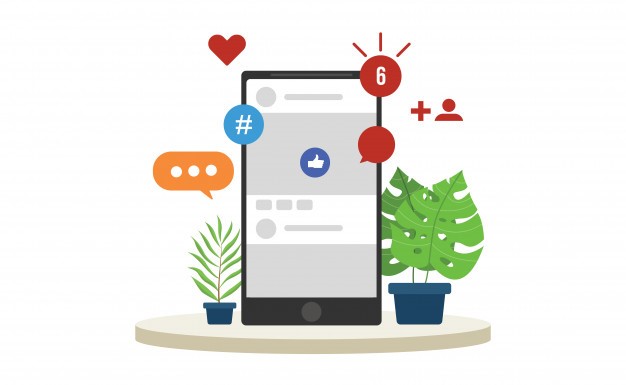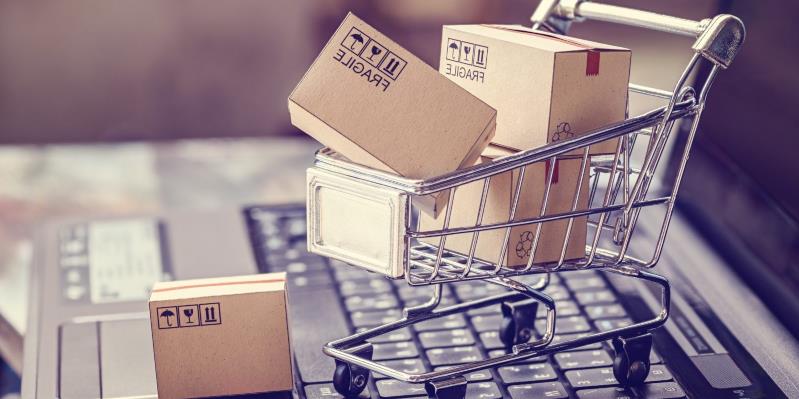How to Boost Your In-App Purchases in 2019
Let’s say you’ve already developed your app and you’ve put it up free on the app stores, what happens next? Why did you actually develop an app?
‘To Make Money’ of course, after all some extra money never meant any harm. In-app purchasing is the best way to make some money by using your mobile app. After all, you have invested countless hours and money in the mobile application development process. Before I explain how you can boost your in-app purchases, let’s take a few seconds to understand what In-app purchasing is and how it works.
Understanding In-App Purchasing
In-app purchasing means the buying and selling of services inside a mobile application. This allows mobile app developers to upsell their services through their mobile apps, instead of marketing through other channels. Initially, developers can launch their app for free and once their app starts to gain an audience, they can upsell other apps, provide advertisements, sell goods, and add paid features. A popular example of In-app purchasing is ‘Candy Crush’.
If you want to get extra moves or want to load your pockets with amazing boosters, you will have to put in some cash. There are basically three main advantages of In-App Purchasing:
- An initial free app draws users and paid features to keep them engaged
- Get more sales and make more money
- Opportunity to promote your other products
By now, you must really want to improve your In-app purchasing strategy, so let’s tackle the elephant in the room.
5 Steps to Boost Your In-App Purchases In 2019
Create Hype and Promote your In-App Purchases
If people don’t know about your app or what you’re selling, it’s pretty obvious that they won’t buy your products. So it’s important that you let people know about your products and sales before the release date. Apple’s famous pre-launch marketing strategy can help you reach a greater audience even before you launch your app.
The main goal behind pre-launch marketing is to build excitement and suspense around your product so that people will be already be waiting to hit the ‘buy’ button. This strategy will build an initial hype for your free app, and once you feel you’ve set a firm foot in the app market; You can start sending out sales, offers, and advertisements for your other services. You can use social media, guest blogging, advertisements, and other means to promote your app and your in-app purchases.
Furthermore, Apple has made in-app purchase promotion a lot easier. You are allowed to promote 20 in-app purchases directly on your product page in the app store.
Entice Your Website Visitors
Your website plays a major role in the success of your business and even your mobile applications. If I’m on the look-out for an app that can monitor the number of calories I’m consuming, I’d definitely open google and type in ‘Best health monetization apps’ or ‘best calories monitoring app’. If I come across your website, it would clear any doubts about the authenticity of your products. Especially if you have a commentary or a review section.

In your website, you can entice your visitors to download your apps and even avail your in-app purchases. You can mention that you’re giving 30% off on a product for the app users. Ultimately this will entice people to download your app and avail the in-app purchases. The more people download your app, the more dollars you are prone to make.
Use Push Notifications
As compared to 2015, the app abandonment rate has significantly reduced. In 2015 around 25% users used to abandon apps after just one use, this percentage has dropped to 21%. This means that in 2019, 21% of users still abandon apps after just one use. Furthermore, if users don’t find anything valuable in your app, they will simply stop using the app after some time and eventually delete it.
Your in-app purchases entirely depend on the number of app users that you have. So in order to re-engage your app users, you have to do something that will persuade them to use your app again. The best way to re-engage app users is by sending them ‘push notifications’. Every time a customer abandons an in-app purchase, you can send them a notification about the amazing 50% discount offer you have exclusively for them.

But as the saying goes ‘too much of a good thing is a bad thing’. If you start sending out notifications every half an hour, people are going to get annoyed and mute the notifications. This will prevent you from spreading awareness and promotions for your in-app purchases. Always make sure that whatever you are sending out to your users is valuable.
Create FOMO
FOMO or ‘Fear of missing out’ is a common strategy used to persuade people into taking part in an activity. Remember the time you were feeling too lazy to attend a friend’s get-together, but, you started fearing that you might miss out on possibly the best day of your life. In the end, you ended up attending the get-together anyway. That is the perfect example of FOMO.
FOMO can also be used as a marketing strategy to boost your in-app purchases. If you give limited time offers, sales, and incentives, people will be more inclined towards making purchases. On the contrary, if you send out sales without any deadline, people will put it off for tomorrow or for the day afterward. So if you’re sending out time-sensitive offers, discounts or deals, customers will make more purchases for the ‘fear of missing out’.
Offer Premium Experiences
As I’ve mentioned above, developers start off by launching a basic mobile app for free. Once the basic app gets a good amount of audience then they start sending out premium offers. So if you really want to make some money, start off free to lure in more audience. If your app is really amazing, users will start getting hooked to it. Finally, when you start sending out paid(premium) features for better user experience, people will want to avail the premium offers.
For example, if your basic app has advertisements, you can make an offer that allows people to use the app free of advertisements. Take the example of LinkedIn. LinkedIn has a handful of premium features such as premium career, premium business, and sales navigator. Businesses and recruiters can really benefit from these versions; I personally think this is an excellent strategy to make some extra money.
Conclusion:
The mobile application development process isn’t easy, it requires dedication, time, and of course money. Once you get it developed and launched, it’s your turn to make some money. At the end of the day, it’s all about the money. So you need to start off by building hype around your app so that once you launch it you already have people waiting to hit the download button. Initially, launch a free basic app and make sure that it’s able to attract and engage visitors. Once you develop a strong customer base, start sending out ads, premium experiences, and other sales. Keep your users engaged by sending out push notifications and creating fear of missing out. Following the above steps will definitely help you earn some money using your mobile app.
If you have experience with in-app purchases and you’d like to add something, feel free to leave a comment below; We would love to hear from you.
Related Posts
In almost all forms of modern business, marketing is an essential function.
As the world of eCommerce continues to evolve, businesses are constantly seeking ways to stand out in the digital landscape. According to a report by Statista, it is predicted that global online sales will reach an impressive mark of $6.5 billion by 2023.
In the era of high-speed internet, owning a server with a 10Gbps connection offers an unparalleled advantage in terms of data transfer speed, website performance, and user experience.
To make your business successful in the modern age, you need to excel at digital marketing and have a strategy that can allow you to beat out the competition.
In the ever-evolving landscape of digital marketing, link building remains a cornerstone of search engine optimization (SEO).
In today's age, establishing an online brand presence is crucial for success. With the vast reach and accessibility of the internet, launching your brand online can open up endless opportunities for growth and expansion.













Comments
comments powered by Disqus